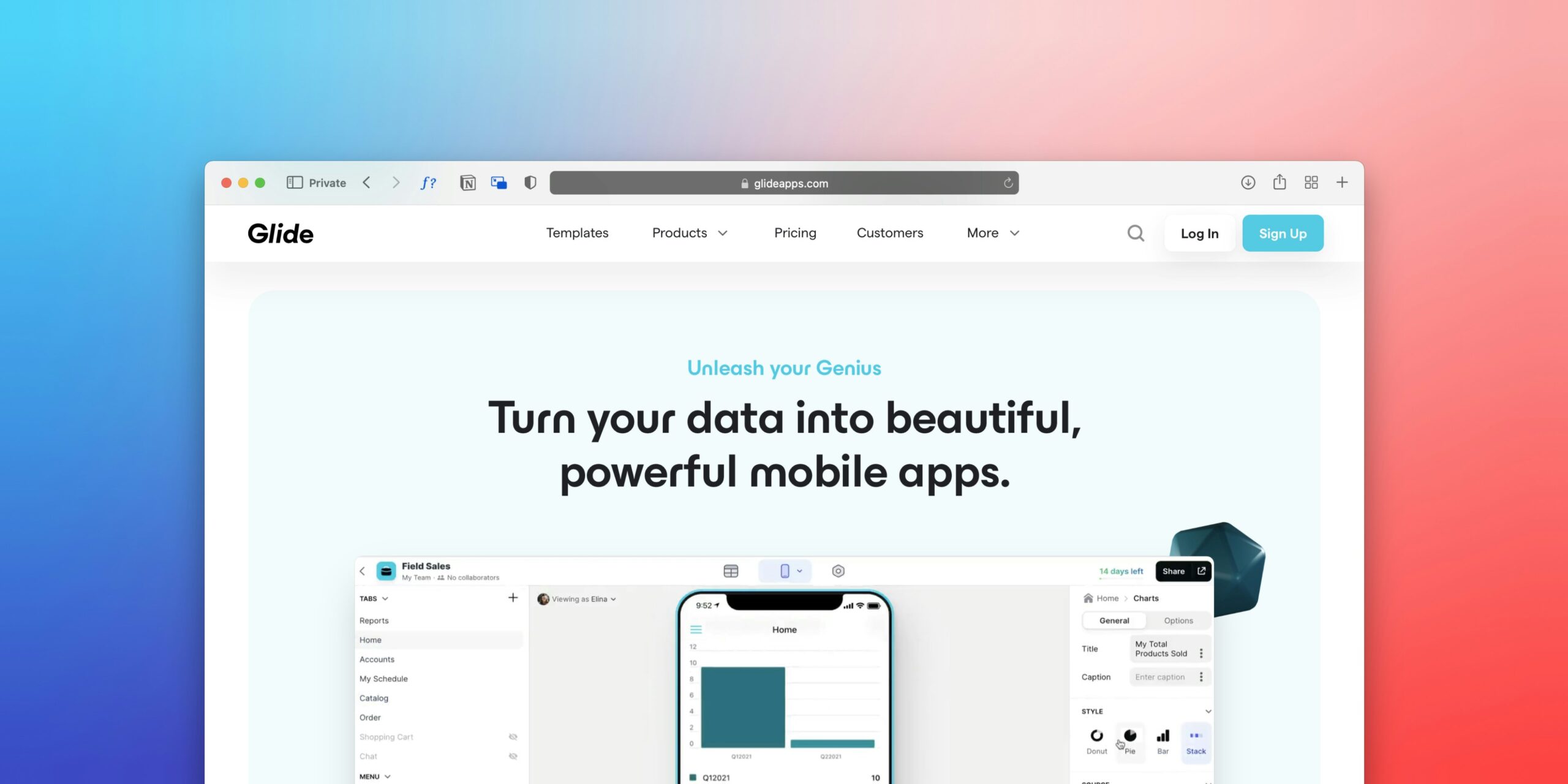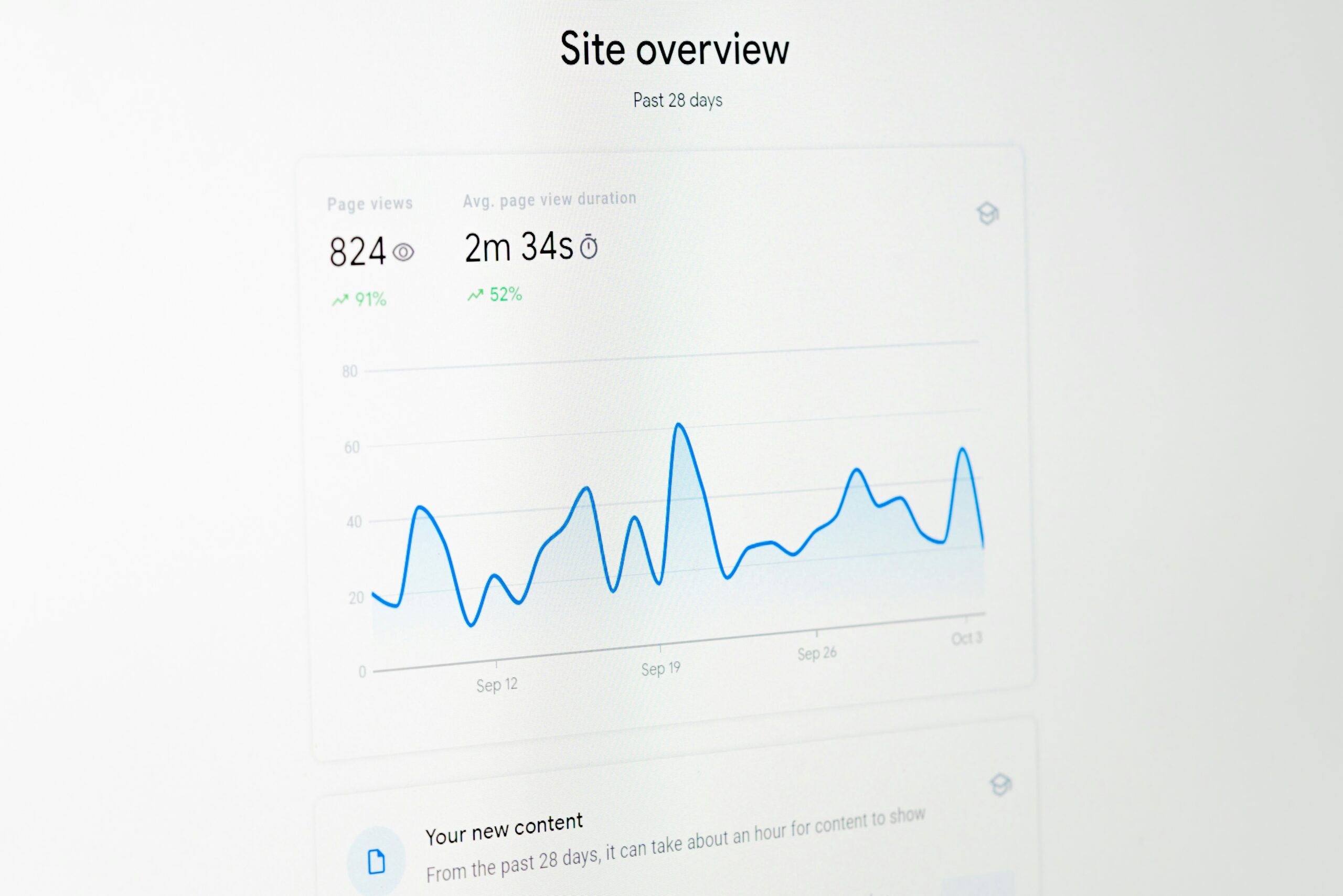
Dominate App Store Rankings with Proven ASO Strategies
Introduction
App Store Optimization (ASO) is crucial for app visibility and downloads. In today’s competitive landscape, a robust ASO strategy is no longer optional—it’s essential for success. Effective strategies are key to standing out and driving organic growth.
Keyword Research: The Foundation of ASO
Effective keyword research is the bedrock of any successful ASO strategy. Identifying the relevant search terms users employ is paramount. This involves using tools and techniques to uncover high-volume, low-competition keywords that align with your app’s functionality and target audience. Tools like App Annie, Sensor Tower, and others can help you to identify these valuable keywords.
Understanding User Search Behavior
Analyzing user search patterns is critical for optimizing keyword selection. Understanding user intent—what users are actually searching for—allows you to choose keywords that accurately reflect your app’s value proposition. This ensures you attract the right users.
Long-Tail Keywords: Unlocking Hidden Potential
Targeting long-tail keywords (more specific, multi-word phrases) offers significant advantages. These less competitive terms often attract highly qualified users actively searching for apps with specific features. For example, instead of targeting the broad term “weather app”, consider long-tail keywords like “weather app with radar” or “accurate weather app for hikers”.
App Title and Description Optimization
A compelling and keyword-rich app title and description are vital for attracting users. Best practices for writing effective descriptions focus on converting those initial impressions into downloads.

Crafting a Persuasive App Title
Your app title should be short, memorable, and incorporate relevant keywords. It’s the first impression users have, so make it count. Aim for clarity and accuracy while incorporating relevant keywords to improve search visibility.
Writing a Conversion-Focused Description
Write a clear, concise, and engaging app description that highlights key features and benefits. Use strong calls to action and focus on what makes your app unique. Remember to naturally incorporate relevant keywords without compromising readability.
App Store Icon and Screenshots: Visual Appeal
Visually appealing app icons and screenshots are crucial for attracting users. High-quality visuals significantly impact download rates. First impressions matter—make yours count!

Designing an Eye-Catching Icon
Your app icon is the face of your app. It needs to be memorable, relevant, and easily recognizable. Follow design principles to create a professional and appealing icon that stands out in a crowded app store.
Showcasing Features with Compelling Screenshots
Screenshots should effectively demonstrate your app’s features and benefits. Use high-quality images that showcase the user experience and highlight what makes your app unique and desirable.
App Store Listing Optimization: Beyond the Basics
Advanced ASO techniques can significantly boost your app’s visibility. These include localized app listings, A/B testing, and utilizing video previews. Don’t stop at the basics—optimize for maximum impact!

Localizing Your App Listing
Translating your app listing into multiple languages expands your reach to a global audience. Localization increases visibility and allows you to connect with users in their native language, boosting downloads and engagement. Learn more about expanding your reach with this article on 10 App Store Optimization Strategies for Dominating App Stores.
A/B Testing for Continuous Improvement
A/B testing different elements of your app listing (like screenshots or descriptions) allows you to identify what resonates best with your target audience. Continuous improvement is key to optimizing your ASO strategy for maximum results. Check out these additional tips on boosting your app store ranking: 5 App Store Optimization (ASO) Strategies to Boost Your App Store …
Conclusion
Consistent ASO efforts are vital for long-term success. By implementing the strategies discussed, you can significantly improve your app’s visibility, attract more downloads, and ultimately achieve your app marketing goals. Remember that a strong ASO strategy is an ongoing process of optimization and improvement. Learn more about creating a compelling app store presence in this article: How to Skyrocket Your App Downloads with Proven ASO Techniques. For additional tips on improving your app’s ranking, see this article: Ranking Higher on the App Store: 7 ASO Fixes You Can Make Today.

FAQ
What is ASO?
ASO, or App Store Optimization, is the process of optimizing your app’s listing on app stores (like the Apple App Store and Google Play) to improve its visibility and ranking in search results. This leads to more organic downloads and increased user acquisition.
How often should I update my ASO?
Regular updates are crucial. Monitor your keywords, app store analytics, and competitor activity. Aim for updates at least every few months, or more frequently if needed, based on performance data and market changes.
What are the key metrics to track for ASO success?
Key metrics include downloads, conversion rates (from searches to installs), keyword rankings, average rating, and retention rates. Tracking these metrics provides insights into the effectiveness of your ASO strategy.
How long does it take to see results from ASO?
Results vary, but consistent efforts usually yield noticeable improvements over time. Be patient, track your progress, and continuously optimize your approach.
Can I do ASO myself, or should I hire an expert?
DIY ASO is possible, especially for smaller apps. However, hiring an expert can provide valuable insights and accelerate results, especially for larger apps or those with complex needs. Consider your resources and expertise when making this decision. For more on app marketing strategies, check out this post: Unlock Explosive App Growth: A Proven App Marketing Strategy. Learn more about social media strategies for app promotion in this guide: Classic Guide: Social Media Strategies for App Promotion and Engagement. For a data-driven Google Ads case study, see this post: Google Ads Case Study: 40% App Install Increase with Data-Driven Strategy. Finally, here’s a more comprehensive guide on ASO: Dominate the App Stores: Your Ultimate Guide to App Store Optimization.


